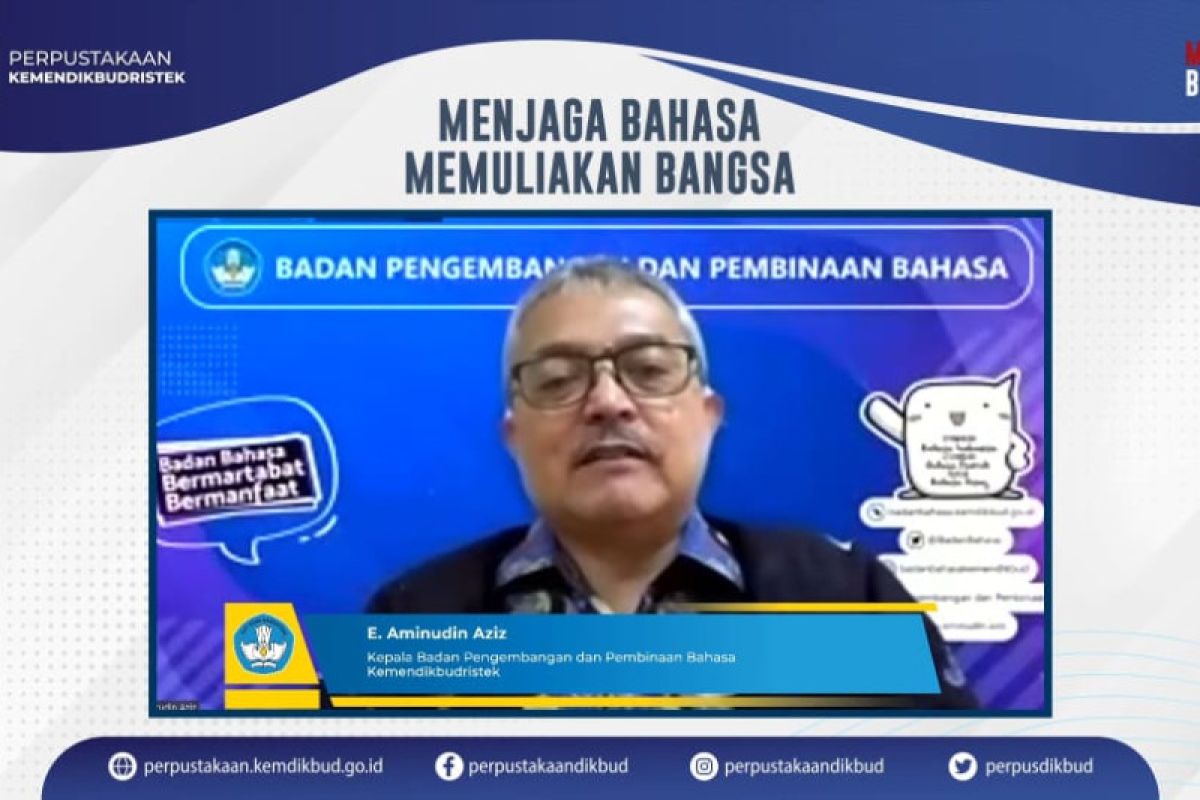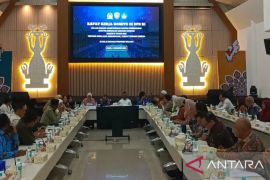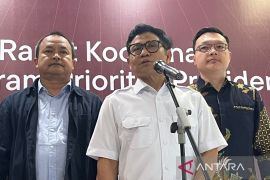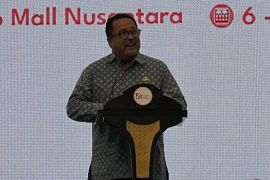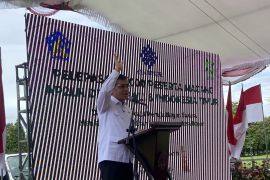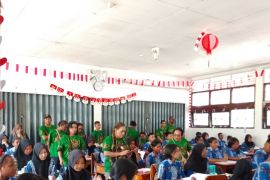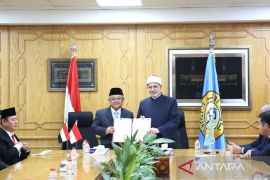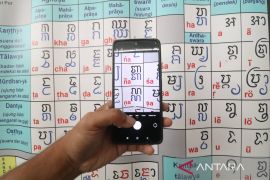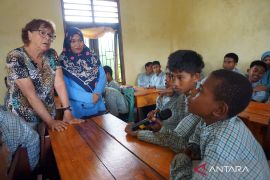Head of the language development agency at the Education, Culture, Research, and Technology Ministry E. Aminudin Aziz pointed out that based on results of a study conducted by the agency in 2021, four other regional languages were threatened, 14 languages saw some decline, and three languages were on the brink of extinction.
“It means that we will face a great threat of extinction for our regional languages. Therefore, we need to make efforts," Aziz stated during a virtual webinar titled "Maintaining the Language Glorifying the Nation," accessed here on Tuesday.
Aziz noted that his administration had conducted a study in 2019 which found that 11 regional languages had become extinct. The 2019 study also found 27 regional languages that were vulnerable, 29 regional languages that were in decline, and 26 regional languages were on the brink of extinction.
Meanwhile, 18 regional languages were considered to be in a safe state or still used by members of its ethnic groups, while eight languages were in critical condition or spoken only by people aged 40 years and above.
"This extinction occurs mainly because speakers of the language no longer use or pass the language on to the next generation," Aziz explained.
According to the Basic Language and Literature Data, Indonesia had 718 identified regional languages. Aminudin said the West region had a small number of regional languages, but the population was huge. On the other hand, it was the other way round in the Eastern region, wherein it had a large number of regional languages, but the population is small.
"This is inversely proportional, and this, of course, will make efforts to preserve the languages and literature of this region difficult if you look at facts like this," he remarked.
Related news: Additional regional language preservation steps to be taken: Agency
Head of the Central Java Province Language Center, Ganjar Harimansyah, stated that several languages or literatures were either on the brink of extinction or were experiencing a decline, indicating a disturbance in inheritance, especially among members of the younger generation that are reluctant to use the language.
"Hence, the Language Development Agency makes efforts to maintain the existence of language and literature by revitalizing regional languages, which this year, is conducted in 12 provinces," he stated.
Language revitalization is divided into A, B, and C models. He explained that model A leaned towards regional languages that were already included in the school curriculum, or "school-based revitalization."
In contrast to the revitalization of model A, B and C models adapt a community or mixed basis, such as communities and schools or certain communities and groups, such as churches, mosques, and others.
"Especially among the younger generation of speakers, both speakers of oral literature and their language, we are conducting revitalization with many stakeholders, particularly regional governments," he remarked.
Harimansyah also said that the legislation had mandated the revitalization of regional languages and literature as the authority of the regional government, while the Language Agency, as a reflection of the central government, coordinates, facilitates, and encourages participation in preserving regional languages and literature, so that their existence is maintained.
Related news: Language Agency to revitalize five regional languages in NTT
Related news: Regional language revitalization to prevent language death: Minister
Translator: Rizka K, Mecca Yumna
Editor: Suharto
Copyright © ANTARA 2022
